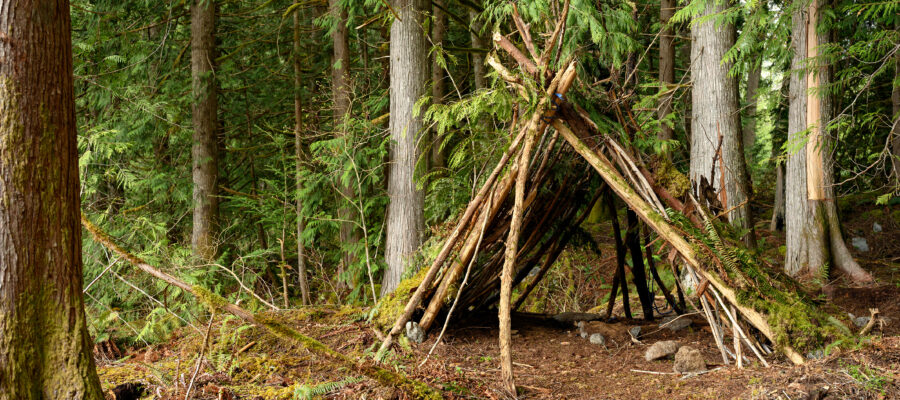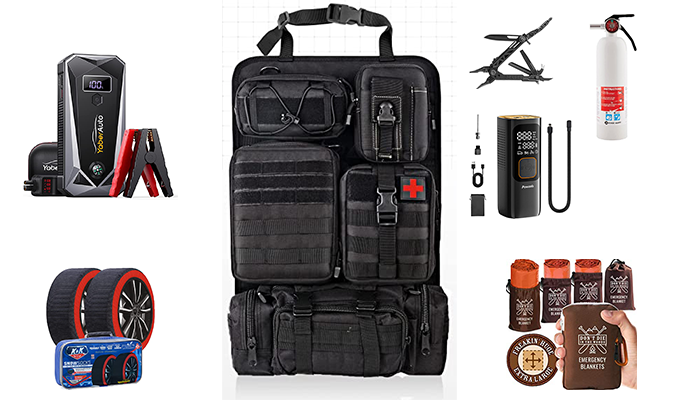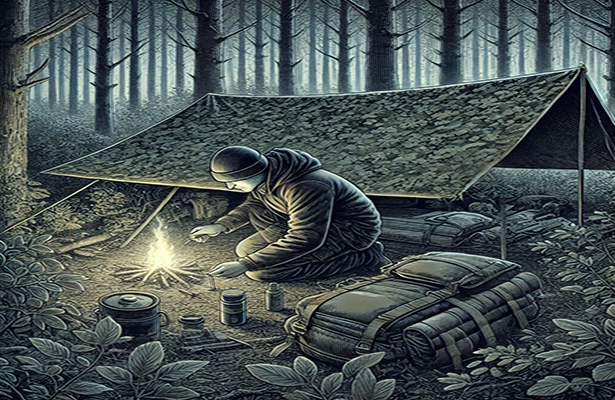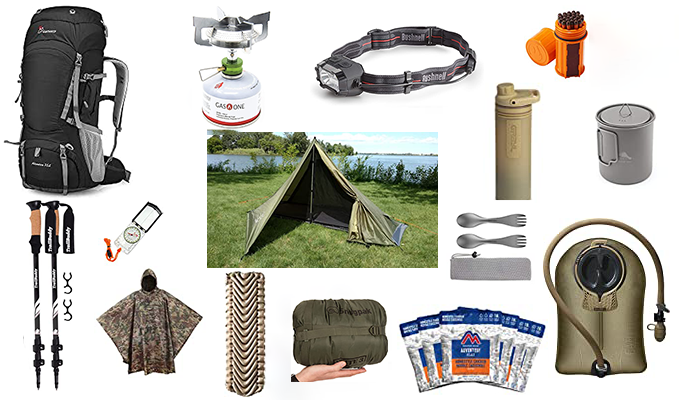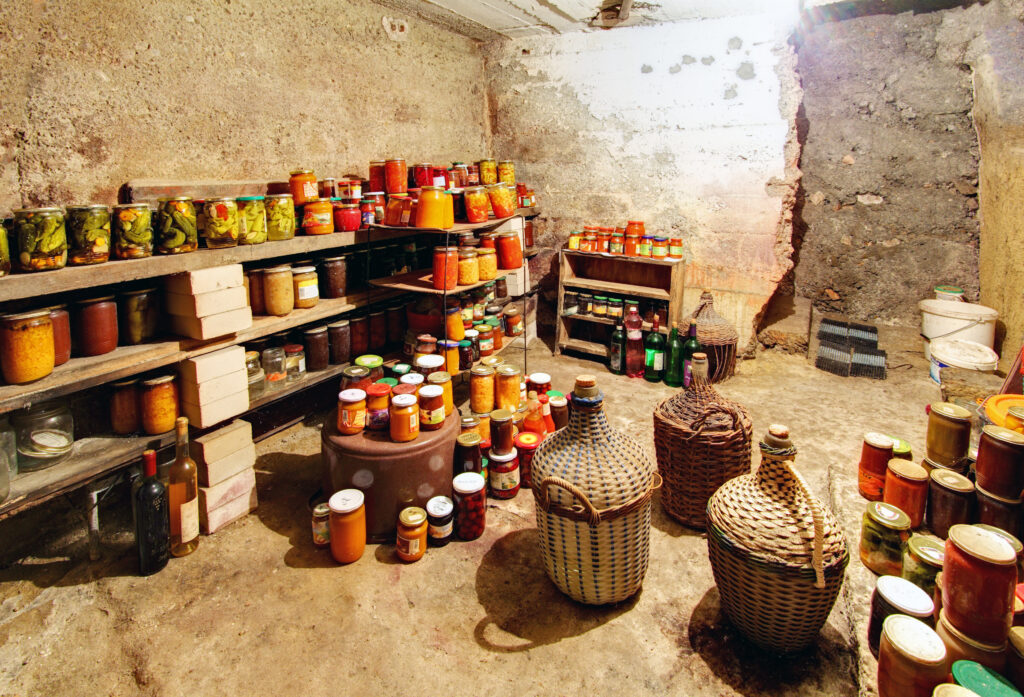Bushcraft Shelters: An Introduction to Building a Home in the Wilderness
When it comes to surviving in the wilderness, building a shelter is one of the most important skills you can possess. Without a shelter, you’re at the mercy of the elements, leaving you vulnerable to hypothermia, dehydration, and exposure. Bushcraft shelters are structures built using natural materials, and they can be constructed quickly and efficiently with minimal tools. In this article, we’ll cover the basics of bushcraft shelters, including the materials you’ll need, how to choose a location, and the different types of shelters you can build.
Materials Needed for Building a Bushcraft Shelter
One of the key principles of bushcraft is using natural materials found in the surrounding environment. This means you won’t need to carry a lot of gear with you to build a shelter. Here are some of the materials you’ll need:
- Long, straight branches for the frame of the shelter
- Smaller branches and twigs for the walls
- Leaves, grass, and other natural debris for insulation
- Rope or cordage to tie everything together
- A sharp knife or machete for cutting and shaping branches
Choosing a Location for Your Bushcraft Shelter
When it comes to building a shelter, location is everything. You’ll want to choose a spot that’s relatively flat and dry, with easy access to water and firewood. Look for natural features that can provide shelter from the wind, such as a stand of trees or a large boulder. Avoid areas with potential hazards, such as dead trees or rocky outcroppings.
Types of Bushcraft Shelters
There are many different types of bushcraft shelters you can build, depending on the materials you have available and the conditions you’re facing. Here are some of the most common types:
Lean-to Shelter: A lean-to shelter is one of the simplest types of bushcraft shelters. It consists of a long branch or pole leaning against a tree or rock, with smaller branches and debris layered against it to form a wall. This type of shelter is great for protecting against wind and rain, but it’s not as effective at retaining heat.
A-frame Shelter: An A-frame shelter is a more complex structure that provides better protection from the elements. It consists of two long branches or poles leaning against each other to form an A-shape, with smaller branches and debris layered against it to form a wall. This type of shelter is great for retaining heat and keeping you warm at night.
Debris Hut Shelter: A debris hut shelter is a more advanced type of bushcraft shelter. It consists of a framework of long branches or poles covered with leaves, grass, and other natural debris. This type of shelter provides excellent insulation and protection from the elements, but it requires more time and effort to construct.
Conclusion
Building a bushcraft shelter is an essential skill for anyone who spends time in the wilderness. By using natural materials and following a few basic principles, you can create a shelter that will protect you from the elements and keep you warm and dry. Whether you’re planning a weekend camping trip or preparing for a long-term survival situation, mastering the art of bushcraft shelter building is a valuable skill that will serve you well for years to come.

Solar Power: A Sustainable Solution for Living Off the Grid
Living off the grid is a lifestyle choice that prioritizes self-sufficiency and sustainability by disconnecting from traditional utilities like electricity, water, and gas. Among the […]


